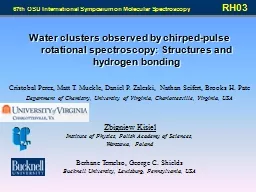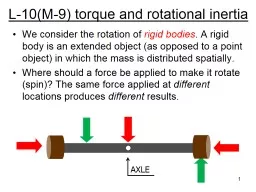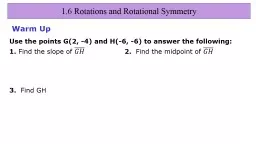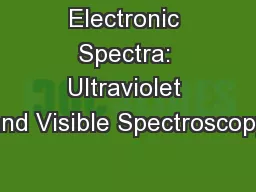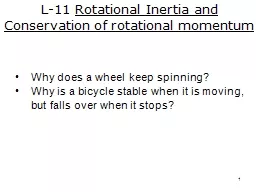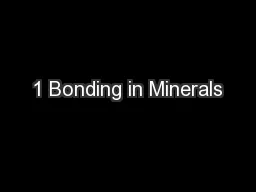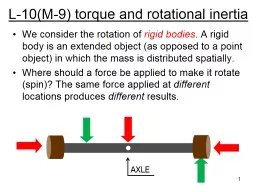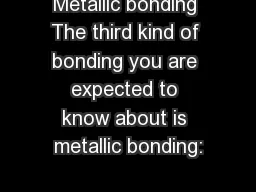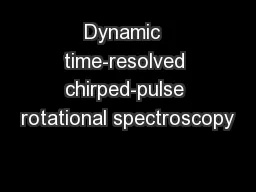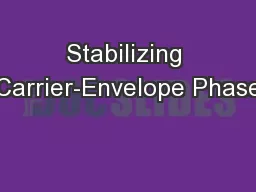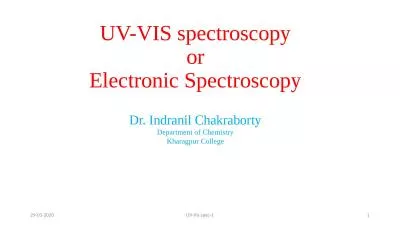PPT-Water clusters observed by chirped-pulse rotational spectroscopy: Structures and hydrogen
Author : cheryl-pisano | Published Date : 2018-02-11
Cristobal Perez Matt T Muckle Daniel P Zaleski Nathan Seifert Brooks H Pate Department of Chemistry University of Virginia Charlottesville Virginia USA Z bigniew
Presentation Embed Code
Download Presentation
Download Presentation The PPT/PDF document "Water clusters observed by chirped-pulse..." is the property of its rightful owner. Permission is granted to download and print the materials on this website for personal, non-commercial use only, and to display it on your personal computer provided you do not modify the materials and that you retain all copyright notices contained in the materials. By downloading content from our website, you accept the terms of this agreement.
Water clusters observed by chirped-pulse rotational spectroscopy: Structures and hydrogen: Transcript
Download Rules Of Document
"Water clusters observed by chirped-pulse rotational spectroscopy: Structures and hydrogen"The content belongs to its owner. You may download and print it for personal use, without modification, and keep all copyright notices. By downloading, you agree to these terms.
Related Documents

